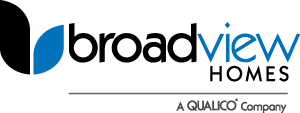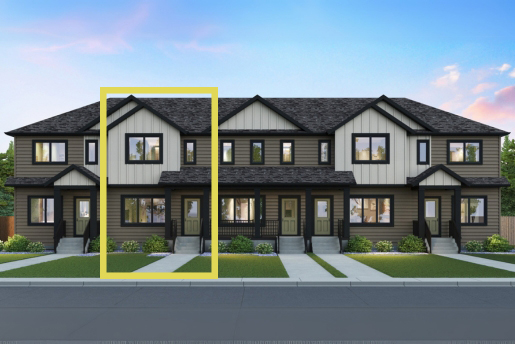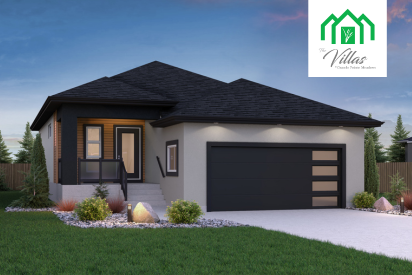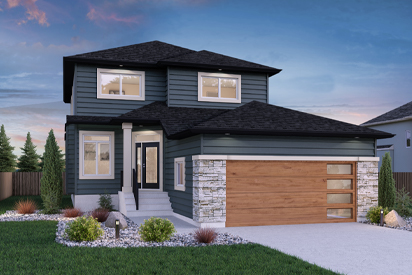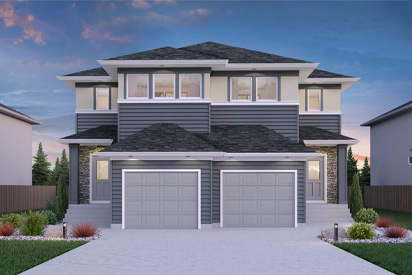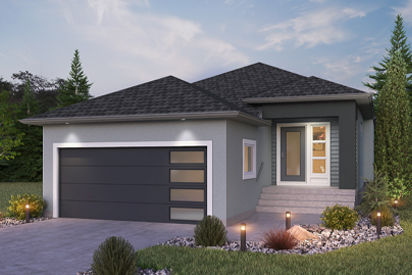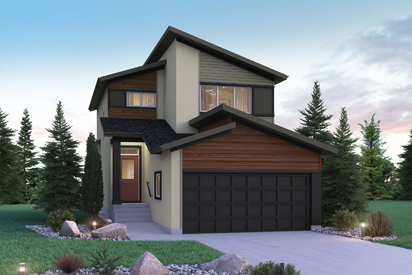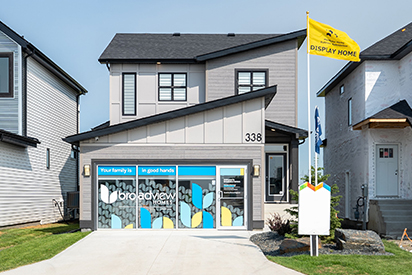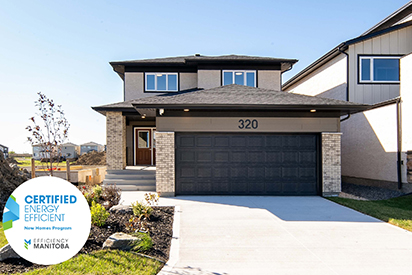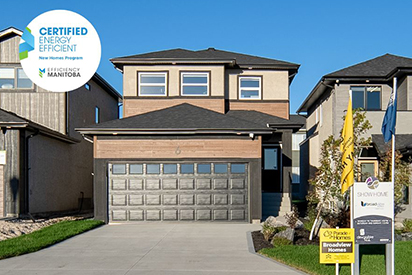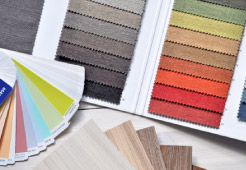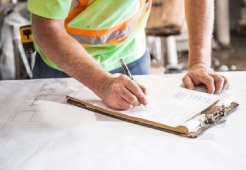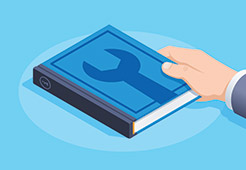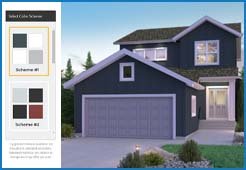New to Canada? What to Learn About Mortgage Options

 Almost everyone who purchases a home in Canada needs to take out a mortgage to cover the cost and there is a lot to know about mortgages . Unfortunately, when you're new to the country, you may face unique challenges when it comes to borrowing the money. Without a long history in Canada to use in the decision-making process, some lenders tend to view newcomers as risky.
Almost everyone who purchases a home in Canada needs to take out a mortgage to cover the cost and there is a lot to know about mortgages . Unfortunately, when you're new to the country, you may face unique challenges when it comes to borrowing the money. Without a long history in Canada to use in the decision-making process, some lenders tend to view newcomers as risky.
If you’re new to Canada, there are special programs that can help you get the money you need to buy a home. Learn more about the programs available to you.
The Typical Mortgage Scenario
In a traditional situation, a prospective homebuyer saves up a down payment that’s at least five percent of the value of the home, then applies for a mortgage. The bank looks at the applicant’s job stability, monthly income, and credit history to determine the maximum amount they’re willing to loan.
Building up credit takes time, though. You have to take out loans or make purchases on a credit card, then make on-time payments consistently for years. Immigrants who have been living in Canada for several years may have already built up a credit history in Canada, but many newcomers have low credit scores simply due to lack of credit history.
 This is disappointing, but if you have a good credit history in your home country, you may be able to use programs that take “alternate credit histories.” In these cases, the lender looks at your credit history from the home country to make a decision. Make sure you ask exactly which documents you need to apply for a mortgage so you're prepared.
This is disappointing, but if you have a good credit history in your home country, you may be able to use programs that take “alternate credit histories.” In these cases, the lender looks at your credit history from the home country to make a decision. Make sure you ask exactly which documents you need to apply for a mortgage so you're prepared.
Mortgage Types
There are many different types of mortgages, but the most important thing to understand is the difference between fixed-rate mortgages and variable-rate mortgages. With a fixed-rate mortgage, you pay the same interest rate over the term of the loan. This means that your monthly payment stays the same. The interest rate on variable-rate mortgages changes after a given period – usually three or five years. At that time, your monthly payment may increase, but you may also have the option to refinance at better rates.
Fixed-rate mortgages are appealing because you know exactly how much you’ll be paying. Variable-rate mortgages, though, come with a lower initial interest rate. Most people who plan to live in their homes long-term choose fixed-rate mortgages.
Another thing you’ll want to ask about is whether there are penalties for paying the mortgage off sooner. Many people like to make extra payments so that they pay the loan off earlier. Others want to pay the loan off when they sell it to buy a different home. You don’t want to pay penalties if you can help it.
Your Immigration Status
Qualifying for a mortgage may also depend on your immigration status. Those who have permanent resident status and good credit here or abroad typically have no problems getting a mortgage. Those who have a work permit and who have applied for, but not yet received permanent resident status, may also be able to qualify.
If you're not a permanent resident, you’ll have a harder time finding a lender willing to give you a mortgage. You will need to have good credit and at least 10 percent for your down payment. Even if you have this, lenders may still turn you down.
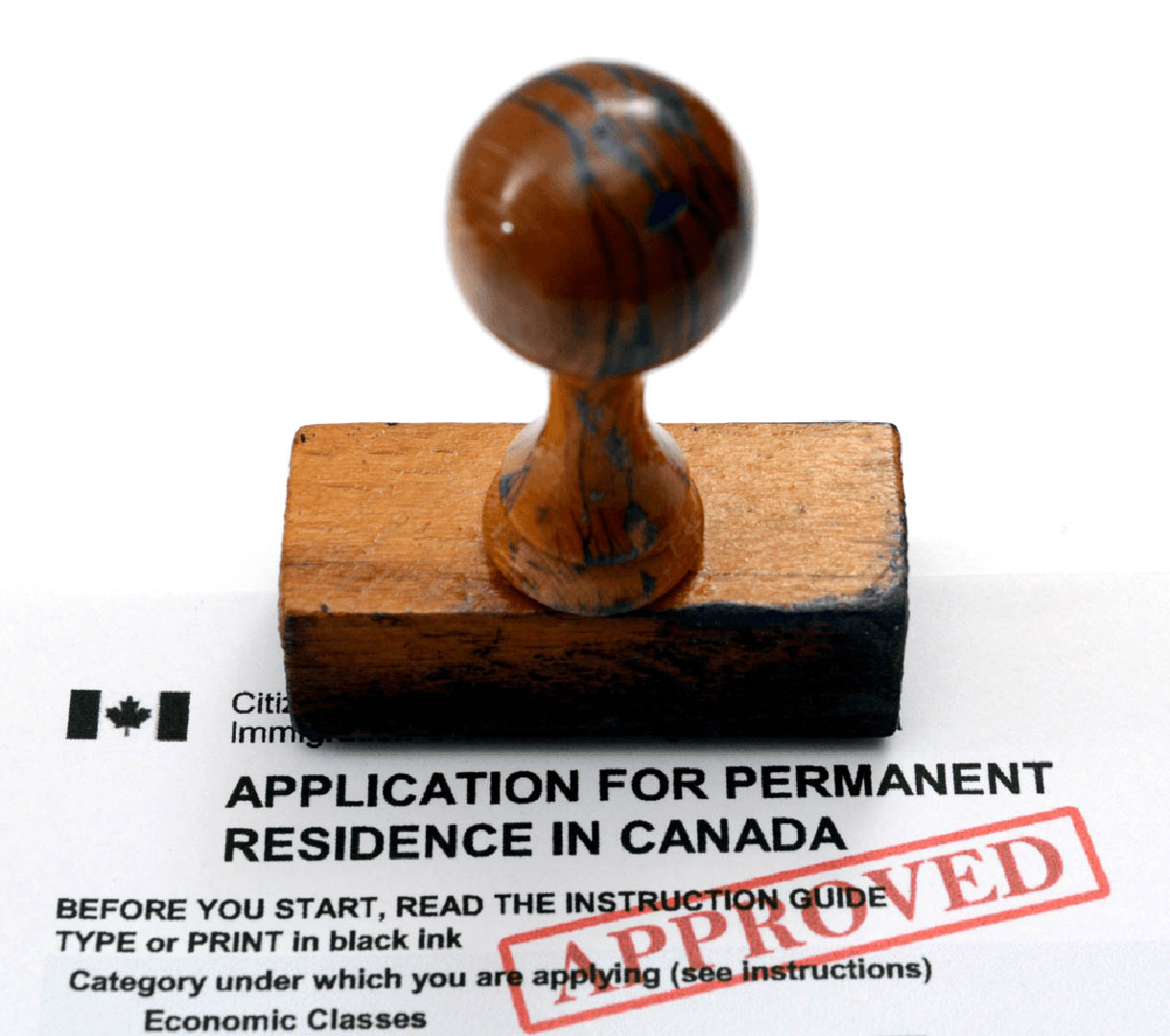 Getting a Mortgage as a Recent Immigrant
Getting a Mortgage as a Recent Immigrant
The New to Canada program can help you get the mortgage you need. It’s designed to help immigrants who don’t have a strong work history or credit history in Canada – but who do have these things in their home countries – qualify for financing. You need to have moved to Canada within the past five years, have at least a five percent saved for a down payment, and have proof of employment.
The great thing about the New to Canada program is that there are no income requirements. Of course, you still have to have an income high enough to qualify for payments on the property you want to buy, but this means that your income doesn’t need to be excessively high.
Property Requirements for the New to Canada Program
To qualify for this special program, the property you purchase must be a home meant for a single family. You cannot use the program to buy an apartment complex or another type of rental property. However, you are not limited to detached homes. You can use the program to purchase a condo, townhome, or duplex style home as long as you only own a single home in that building.
Moving on Up
Once you’re in a home, you start building up equity in the home. This means that you “own” a bigger portion of the home each month. If you want a bigger or smaller home in the future, you can then use this money as a down payment on the next home. That’s one of the biggest reasons why it’s smarter to purchase a home instead of renting when possible.
There’s no doubt that applying for a mortgage as a new immigrant can sometimes be confusing and/or time consuming. However, a good Canadian lender can help you understand what options will work for your specific situation. Make an appointment to have a lender review your finances, and you’ll be on your way to owning your first home in Canada!
At Broadview, we understand the importance of being informed along your home buying journey – especially when everything's new to you, including the country! For more info, here's what to learn about down payments when you're new to Canada.
